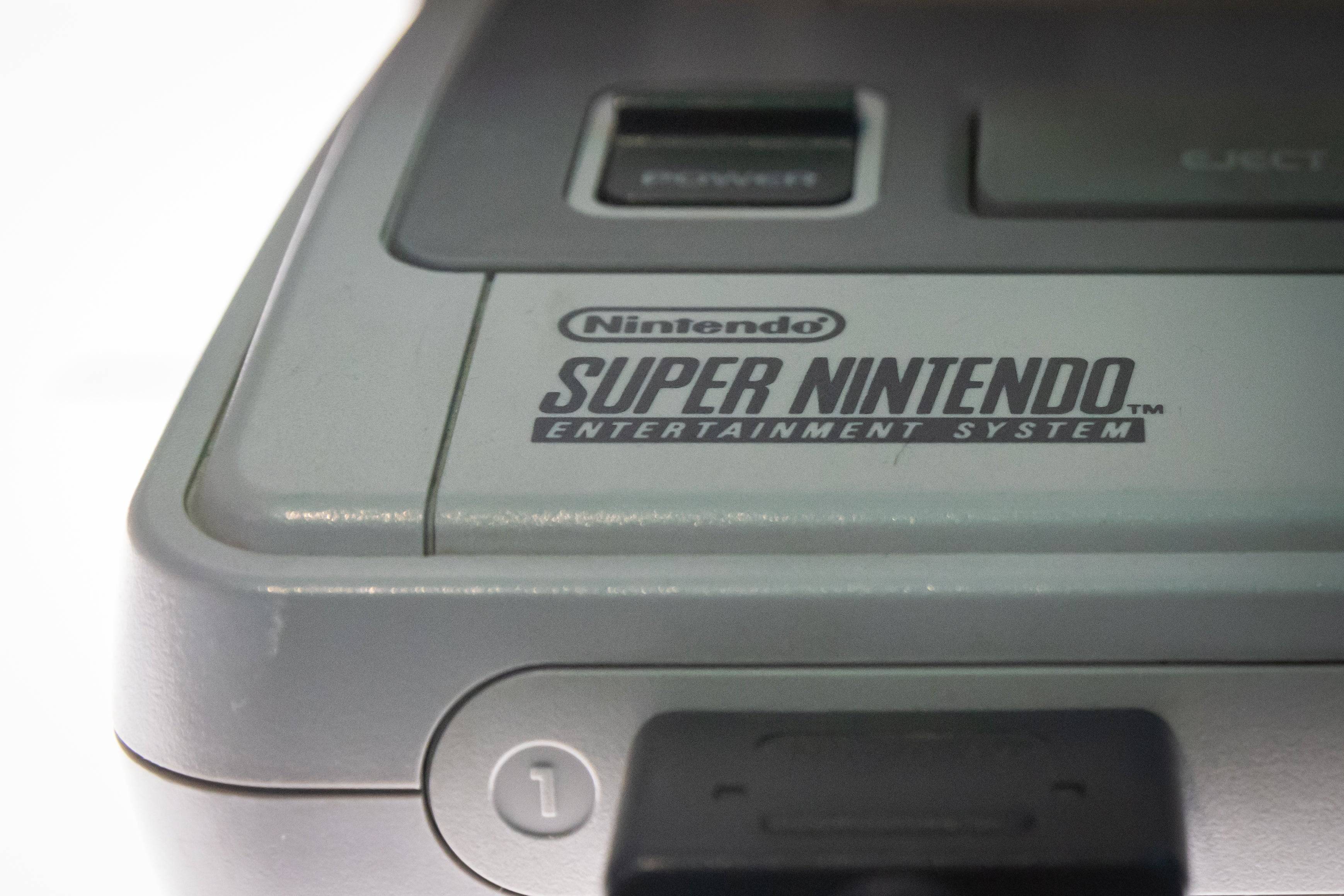
The speedrunning community is puzzling over a strange technological development – Super Nintendo Entertainment System (SNES) consoles appear to be running games marginally faster as they age, contrary to expected hardware degradation.
A Thirty-Year Speed Boost?
The phenomenon came to light in February when speedrunner Alan Cecil (@tas.bot) observed that SNES units now operate slightly faster than their original 1990s specifications. This discovery suggests the nearly 50 million SNES consoles in existence may actually deliver enhanced performance in classics like Super Mario World and Star Fox rather than slowing down with age.
The Clock Speed Mystery
While seemingly impossible, Cecil's research points to the console's audio processor (APU) as the potential culprit. Official documentation states the SPC700 DSP should operate at 32,000Hz, but historical data shows this rate actually varies based on environmental factors. However, recent measurements reveal a consistent upward trend in processing speeds that can't be explained by temperature alone.
"Based on 143 responses, the SNES DSP rate now averages 32,076Hz – a measurable increase from historical benchmarks," Cecil explained in a Bluesky post analyzing the collected data. The rate fluctuates within a 217Hz range, but temperature changes only account for about 8Hz of this variance.
Speedrunning Implications
The findings could have subtle but meaningful consequences for competitive speedrunning. While the minute increases wouldn't dramatically impact most records, they could theoretically shave fractions of a second off optimized runs. The community is currently evaluating whether decades-old records might need asterisks, though most agree the effect would be minimal outside of frame-perfect scenarios.
As research continues, one thing is clear – Nintendo's 34-year-old console continues to surprise us. For more on gaming history, see where SNES ranks among the best-selling consoles of all time.





![Chubby Story [v1.4.2] (Localizations)](https://images.737c.com/uploads/85/1719638042667f981a5e9f8.jpg)


